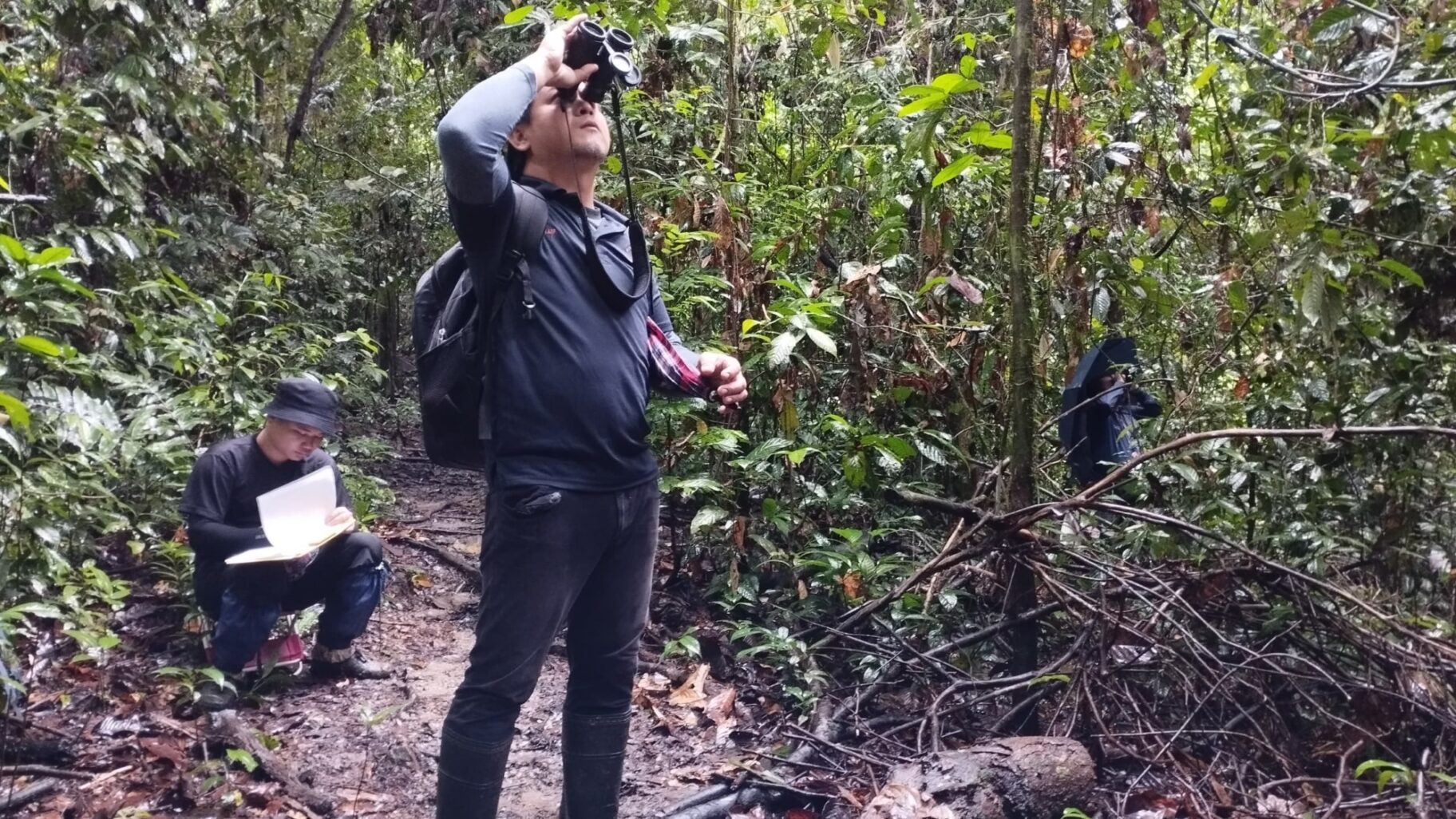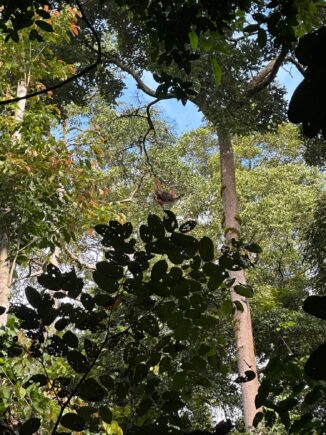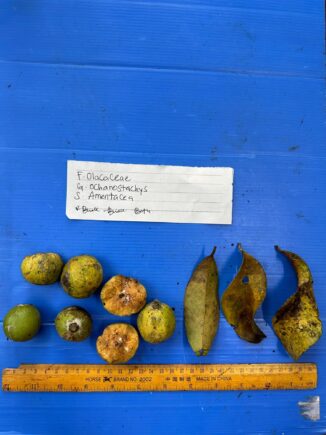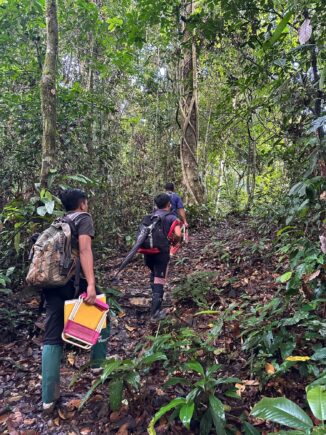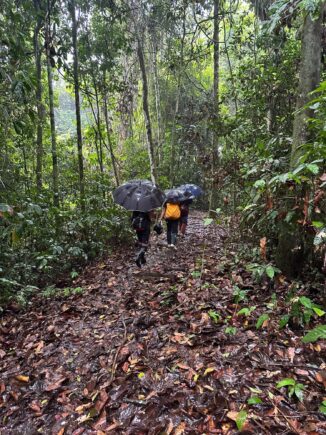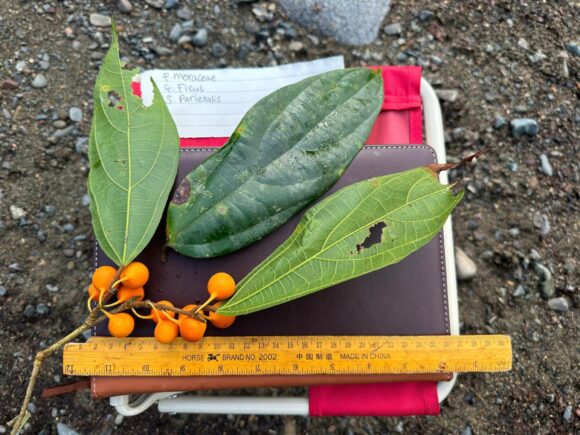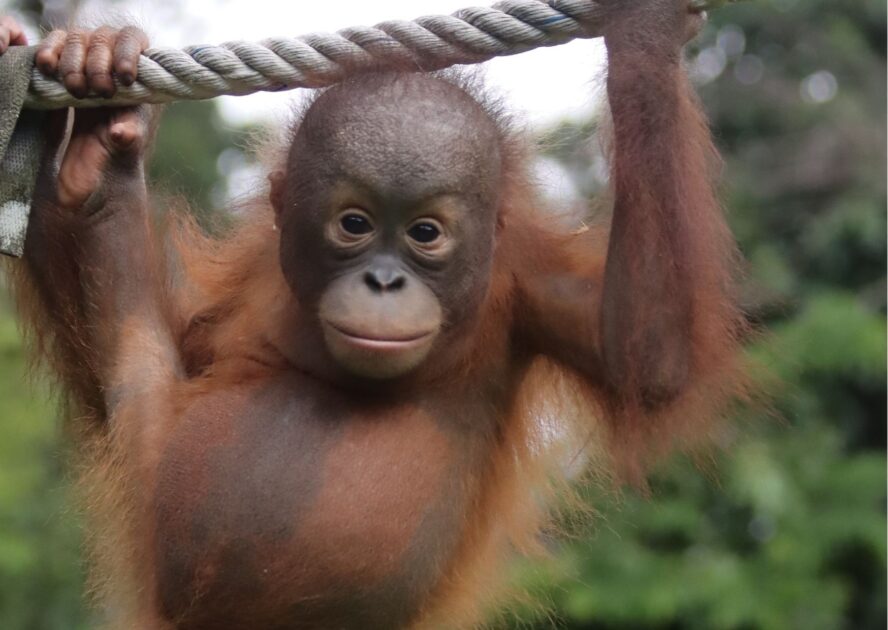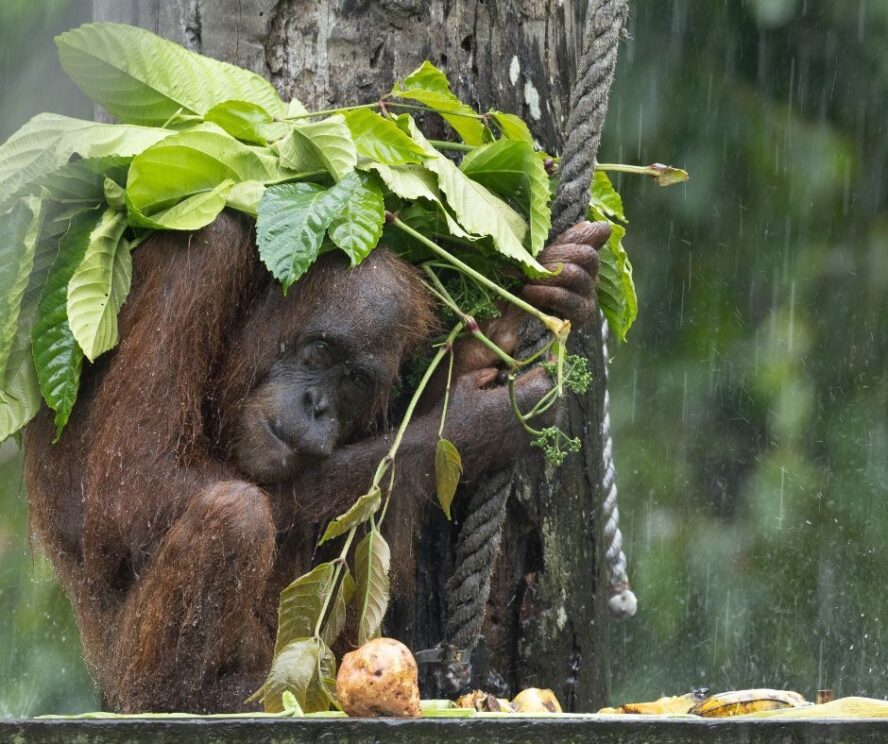News
Orangutan knowledge exchange
Tracking wild orangutans in the Danum Valley Conservation Area to learn new skills and share knowledge.
29/05/2024
Collaborative exchange
The opportunity to collaborate with other organisations working in orangutan conservation is always an exciting opportunity and, on this occasion, our team at Sepilok were invited to join the Japan Orangutan Research Centre (JORC) in Danum Valley.
This collaboration enabled an exchange of knowledge and skills between two very experienced teams working in the field of orangutan conservation. We were invited to send two members of our team at a time to spend 5 days tracking and monitoring wild orangutans and identifying orangutan food sources. In return, our staff would share their experience of working with and caring for orangutans at Sepilok, as well as insights into the Post-Release Monitoring Project that many of them were an integral part of.



The Danum Valley Conservation Area is a 438-square-kilometer ancient rainforest, recognised as one of the world’s most diverse ecosystems, home to lush flora and fauna, including the critically endangered Bornean orangutan.
Whilst there, our team trekked with JORC staff for several kilometres a day, carefully navigating their way through the dense foliage with keen eyes scanning the surroundings for any signs of wild orangutans.
![Sepilok team in Danum Valley tracking orangutans]()
Danum Valley orangutan tracking
Finding evidence of orangutans in the dense and humid rainforest can be an exhausting job and requires a great deal of patience. One such sighting occurred, after many hours of searching, of a female orangutan high up in the tree canopy eating figs. After gathering some valuable data about the orangutan’s location and diet they followed her as she moved through the rainforest.
Even though they are the largest arboreal mammal in the world, it is surprisingly easy to lose sight of an orangutan when looking up from the floor to the forest canopy. When the bright sun shines down through the treetops their reddish hair helps to camouflage them from any potential predators below.
We split into teams to cover more ground & started our search at 0700hrs. We walked about 8km through the forest searching for signs of orangutans and then, at 17:30, we spotted a male orangutan building a nest for the night in the tree canopy.
During their time in the forest, many samples of leaves, bark, seeds and fruit were collected and recorded for future reference.
Understanding what orangutans eat in the wild can help to provide insights that might benefit the orangutans at Sepilok and ensure that they are adequately prepared for release into the wild.
These samples are now also being used in our education and outreach programmes to help teach schools and local communities about the rainforest’s diverse range of plant species and its importance in supporting the animals that inhabit it.

JORC’s ultimate goal is to increase the number of Malaysian personnel who have the outdoor skills and orangutan-specific knowledge to monitor and protect the species.
Supporting our staff at Sepilok is extremely important to us and we are grateful to JORC for allowing us this opportunity. It is crucial that we accommodate this progress and encourage learning in order to be at the forefront of successful orangutan conservation in Borneo.
Explore more articles
![Orangutan Rescue Stranded Orchard]()
News
Stranded wild orangutan rescued
An orangutan spent nearly three weeks stranded in an orchard miles away from his forest home.
![Napagang 2]()
News
Introducing Napagang
You can help by supporting his rehabilitation at Sepilok and improve his chances of getting back to the wild.
![A female orangutan using leaves to protect herself from the rain.]()
News
Flash floods at Sepilok
Torrential rain has hit Sepilok, causing flash flooding and leaving many areas underwater.
